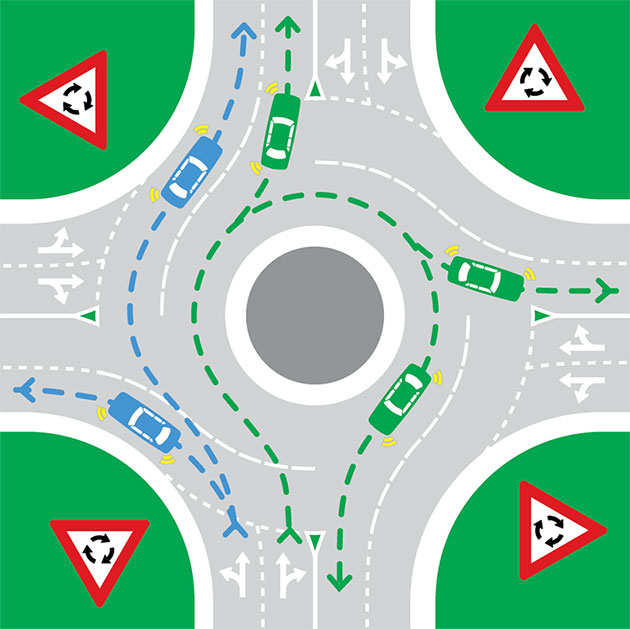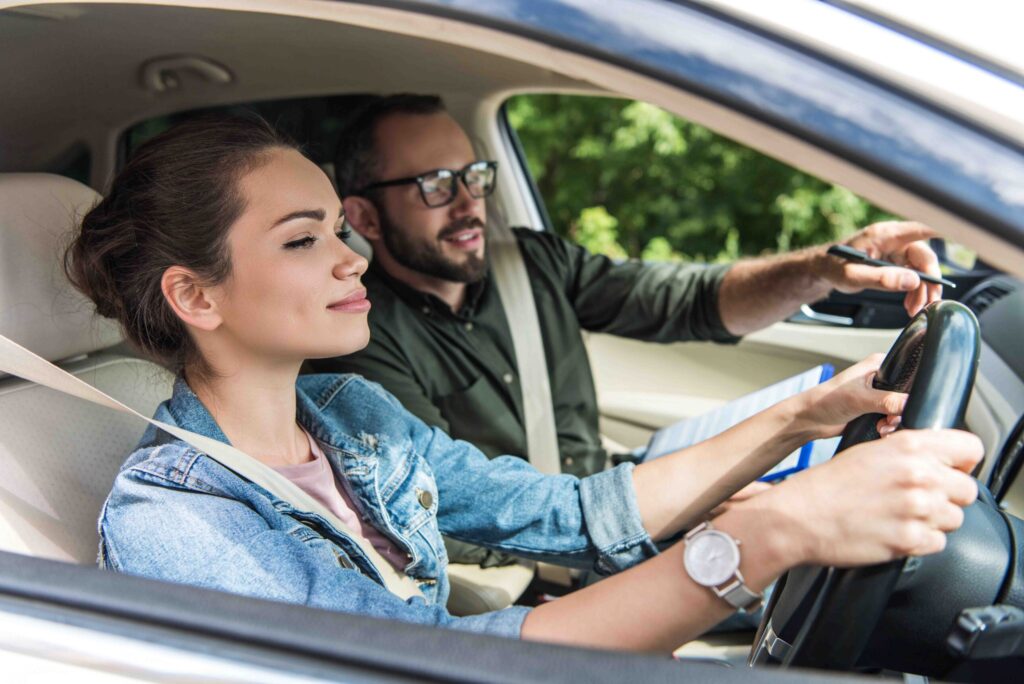Introduction
The first time you roll onto the M1 on-ramp your heart might skip a beat – and that’s perfectly normal. Jumping from 50 km/h suburban streets to 110 km/h motorways, surrounded by three lanes of fast-moving traffic, can feel overwhelming. Yet motorways are statistically the safest class of roads when drivers understand the rules and build proper skills. Today we’ll show you how to conquer highway nerves, from matching speed in an acceleration lane to planning a Sydney-to-Newcastle road trip. Every tip comes straight from the professional instructors at Driven to Drive, who’ve helped hundreds of learners master Sydney’s busiest corridors.
Why Highway Driving Feels Intimidating
-
Speed differential – 110 km/h zones demand quicker decisions.
-
Traffic volume – Thousands of vehicles per hour on the M1.
-
Multiple lanes & limited exits – Fewer “escape routes” if things go wrong.
-
Peer pressure – Tail-gaters urging you to hurry.
-
Complex interchanges – Stacked overpasses and rapid-fire signage.
Feeling tense is normal; structured practice turns fear into routine.
Sydney’s Major Motorways at a Glance
| Motorway | Typical Limit | Key Challenges |
|---|---|---|
| M1 Pacific Motorway | 110 km/h outside metro areas | Long, steep grades; heavy truck lanes north of Wahroonga |
| A1 Pacific Hwy (urban stretches) | 80–100 km/h | Mixed motorway/arterial sections; busy Chatswood–Turramurra |
| Eastern Distributor (M1) | Variable 40–80 km/h through tunnel sections | Airport traffic, short merges, speed-camera zones |
| Warringah Fwy & Western Distributor | 80 km/h | Dense lane-weaving during peak |
| M2 Hills Mwy | 100 km/h | Long climbs, toll ramp merges |
Essential Pre-Highway Checks
-
Tyres inflated & tread above 1.5 mm (legal), 3 mm recommended for rain.
-
Fuel & fluids topped up – running out on a motorway is dangerous.
-
Route plan – know your exit numbers before you leave.
-
Traffic & weather apps – LiveTraffic NSW, BOM radar.
-
Personal readiness – well-rested, hydrated, sunglasses at hand.
Merging Techniques Mastered
-
Approach assessment – mirror, signal, shoulder check; spot a 3-4 second gap.
-
Acceleration phase – use the lane’s full length; reach 90–100 km/h before the solid line.
-
Gap selection – never dive into a space smaller than two car lengths.
-
Smooth steering – no sudden swerves; maintain throttle.
-
Settle – centre the lane, cancel indicator, re-check mirrors.
Hot spots:
-
Hornsby northbound on-ramp – uphill, short lane.
-
Airport link into Eastern Distributor – multiple merges in 400 m.
Safe Lane Changes – Mirror, Signal, Manoeuvre
-
Plan 2 km ahead for exits.
-
Signal 3–5 seconds before moving.
-
Blind-spot check every time.
-
Return to the left lanes once overtaken; “keep left unless overtaking” is enforceable across NSW.
Managing Speed & Following Distance
-
Stick to posted limits: 110 km/h on open M1, 80 km/h Eastern Distributor, with electronic reductions in bad weather
-
Use the three-second rule in fine weather; extend to six seconds in rain.
-
Cruise control helps but disengage on steep descents or heavy traffic.
Dealing with Heavy Traffic
Peak northbound congestion on weekday evenings between Wahroonga and Berowra can slow to 40 km/h. Maintain patience, practise zipper-merging courtesy, and avoid unnecessary lane-hopping – it rarely saves time and raises crash risk.
Long-Distance Travel Preparation
-
Plan breaks every two hours; fatigue is a factor in 20–30 % of fatal country crashes.
-
Share driving tasks or schedule an overnight stop on trips over 800 km.
-
Pack an emergency kit: water, hi-vis vest, first-aid, charger, tyre inflator.
Popular day trips:
-
Sydney → Central Coast – 1 hr 15 min.
-
Sydney → Wollongong (Princes Mwy) – 90 min via spectacular Sea Cliff Bridge.
Building Confidence, Step by Step
-
Practise on the M5 East early Sunday when traffic is light.
-
Progress to M1 Berowra–Gosford mid-week.
-
Attempt peak-hour Eastern Distributor only after several lessons.
When to Wait
Delay highway travel if:
-
Severe storms or bushfire smoke warnings are active.
-
You’re overly fatigued or unwell.
-
Your vehicle has mechanical doubts (e.g., low tyre tread, warning lights).
How Driven to Drive Can Help
-
Structured motorway sessions on every major Sydney route.
-
Dual-control vehicle for maximum safety.
-
Patient, step-by-step coaching until highway driving feels natural.
Conclusion
Highway driving becomes second nature with the right approach: thorough preparation, deliberate practice, and calm execution. If you’re ready to swap fear for confidence, book a dedicated motorway lesson with Driven to Drive today.
Call: 0416 321 572
Email: driventodrive@outlook.com
Address: Mascot NSW 2020



